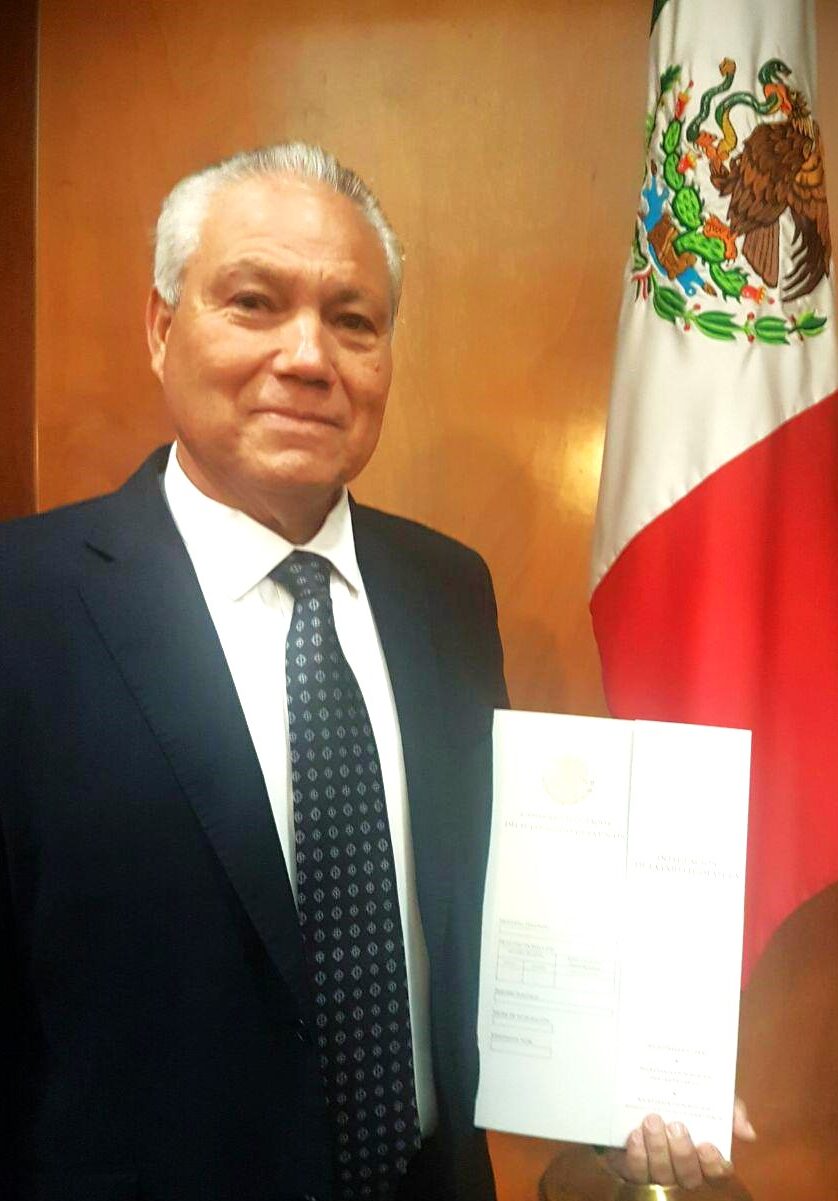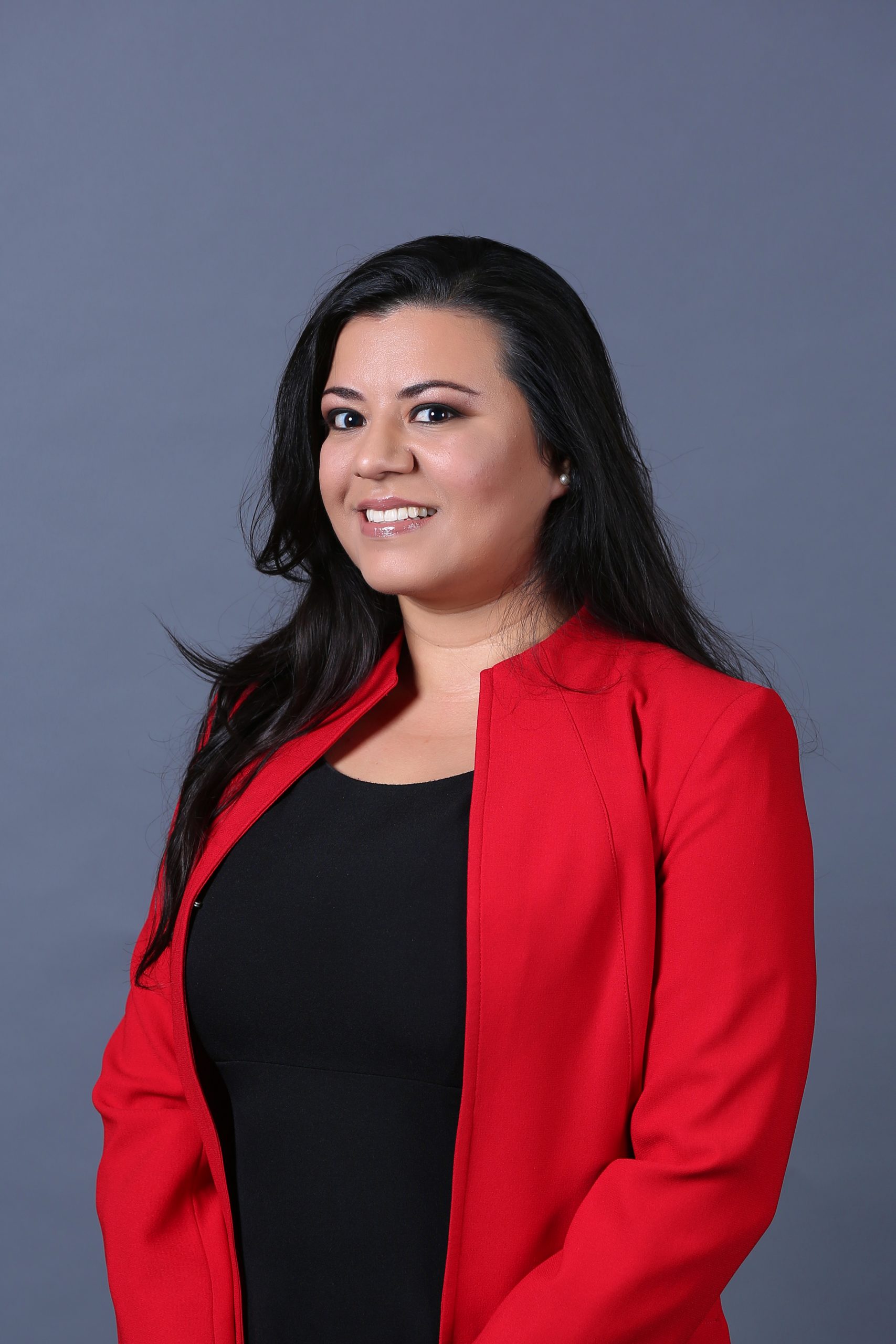Dr. Alfredo Quiñones-Hinojosa’s life is so storied it could fill a book. In fact, it has, as the doctor authored his recent autobiography Becoming Dr. Q. He was also featured in a recent study by the National Foundation for American Policy that found 35 percent of the physician scientists at the Johns Hopkins Sidney Kimmel Comprehensive Cancer Center are immigrants.
Known by many as Dr. Q, Alfredo Quiñones-Hinojosa is Professor of Neurosurgery and Oncology at Johns Hopkins University and director of the Brain Tumor Surgery Program. He also leads the Brain Stem Tumor Cell Laboratory.
There are more than 100 types of brain cancer and of the approximately 600,000 Americans with brain or nervous system tumors about 124,000 have malignant brain cancers. “The research is really the most exciting part of what I do,” said Dr. Quiñones-Hinojosa. “I’m not only trying to save lives in the operating room. The research we are doing with this tissue is to try and find out whether or not there are stem cells within brain cancer – stem cells that are going crazy, stem cells that cannot regulate their own growth, and are therefore killing patients. That’s my research.”
In his book, Dr. Quiñones-Hinojosa describes as a teenager, at the age of 14, entering the United States on a tourist visa and working illegally over a long summer as a farm worker, managing to bring back to Mexico almost $1,000, which he believed could feed his family for a year. On a later trip, U.S. Border Patrol Agents caught and returned him to Mexico but he later succeeded in entering the United States and benefitted from the aftermath of the 1986 Immigration Reform and Control Act, signed by President Ronald Reagan, which gave legal status to many undocumented immigrants. With little knowledge of English, he entered community college in San Joaquin, later graduated from the University of California, Berkeley, and earned a degree in medicine from Harvard Medical School.
Along the way, he had at least four close personal brushes with death. He nearly died as a young man when, working as a laborer, he fell into the bottom of a railway fuel tank car and came within minutes of suffocating. While fulfilling his residency at a San Francisco hospital he was pricked by a needle used on an HIV-positive patient and endured a year of testing (and worry) before it could be determined the infection did not pass to him. While in community college, a driver who accused him of cutting him off pointed a gun in his face, threatened to shoot him, and then drove away. And while windsurfing, Alfredo developed a cramp and was unable to swim back to the boat. His date that day was fortunately a lifeguard, his future wife Anna, and she saved him from drowning.
Along the way to becoming a neurosurgeon he faced other obstacles, including the belief that perhaps a young man born in Mexico could not possess the intelligence or ability to serve patients in such a demanding field of medicine.
In an interview on C-SPAN, Dr. Quiñones-Hinojosa described why he wrote his book and his feelings about America. “I wanted to tell the story about this underdog, this kid, who came to the United States with nothing and now based on hard work, mentorship, and doors being opened, and opportunities being given, and me taking those opportunities I was able to show the world that you can still fulfill the American Dream and that America is still the most beautiful country in the world.”
While his rise from farm worker to brain surgeon is a great personal achievement, Dr. Quiñones-Hinojosa gives credit to mentors like Harvard faculty members Dr. Ed Kravitz and Dr. David Potter, who both gave him $500 when, while in medical school at Harvard, nearly all his family’s possessions were stolen from his apartment. Dr. Potter told him, “You’ll do for others what others have done for you. I have no doubt.” Dr. Q continues to do for others, meeting students all over the U.S. who may or may not have the same opportunities he has had and encouraging them to never give up their dreams, performing 250 brain surgeries a year on patients – over 2,000 surgeries in his career – and leading a laboratory that he hopes one day will unlock the mysteries of cancer and its cure.

